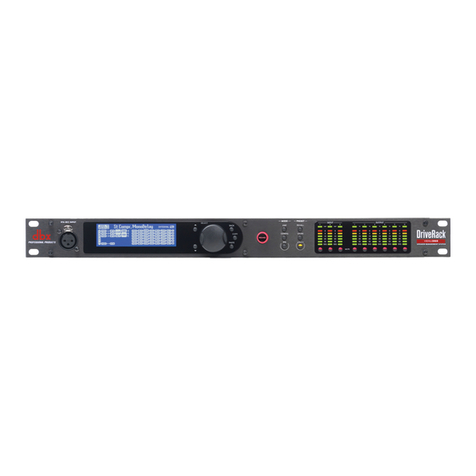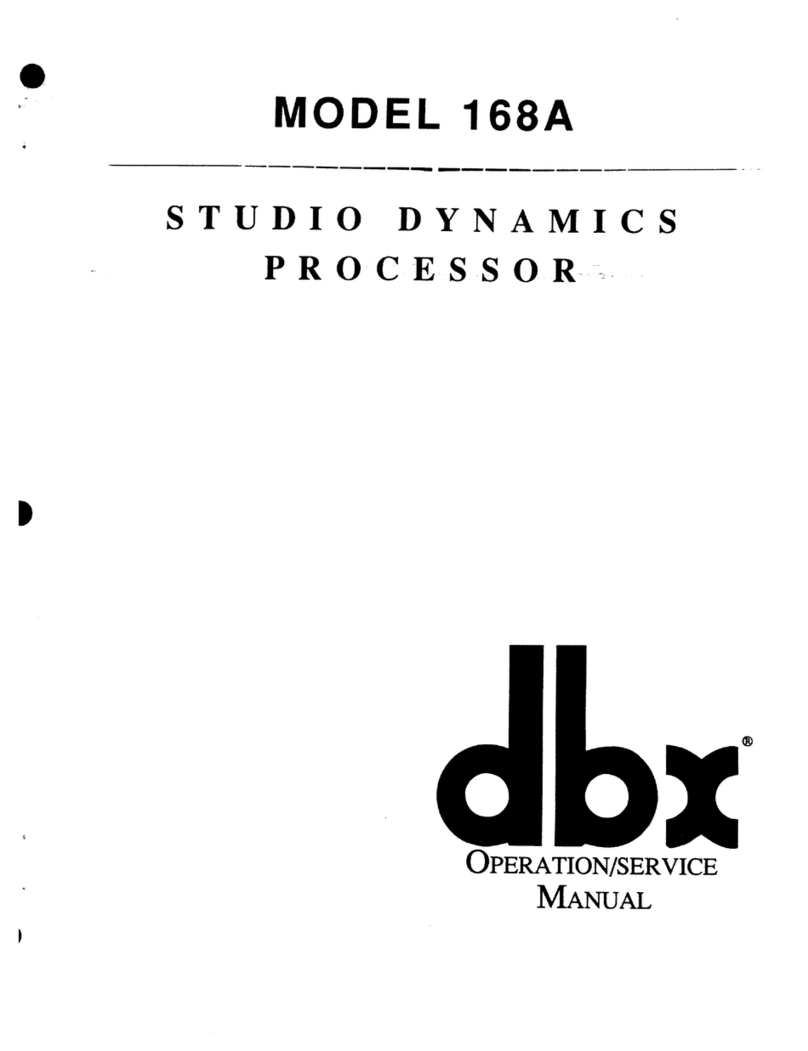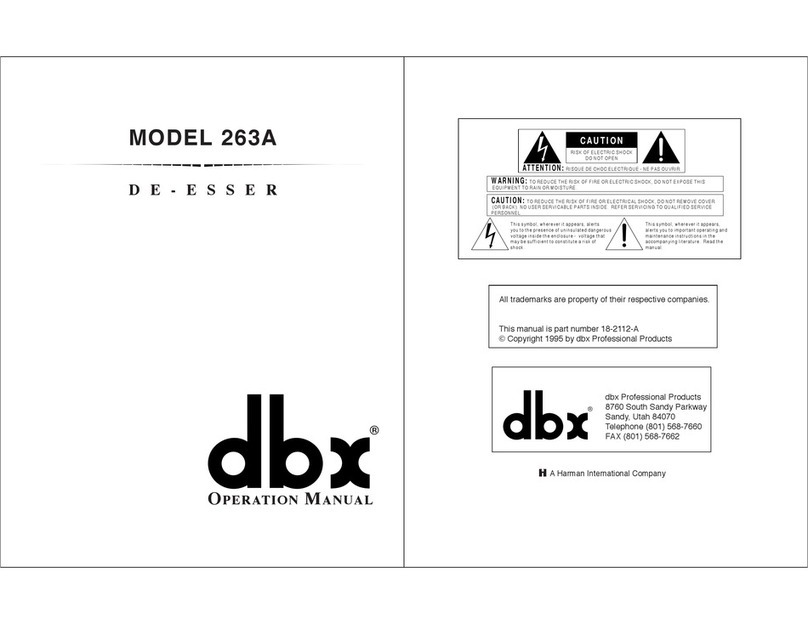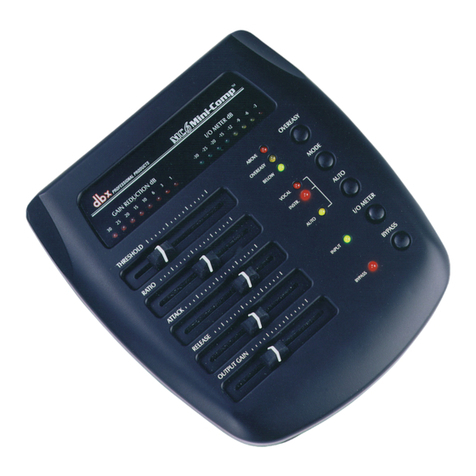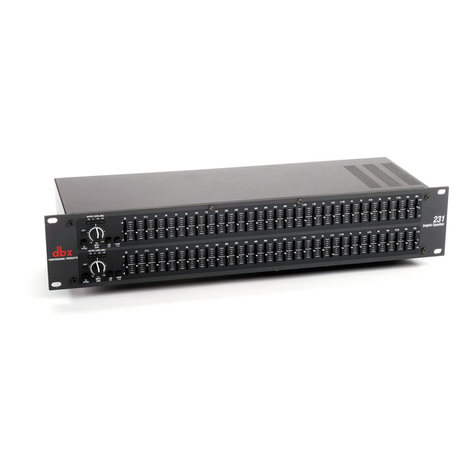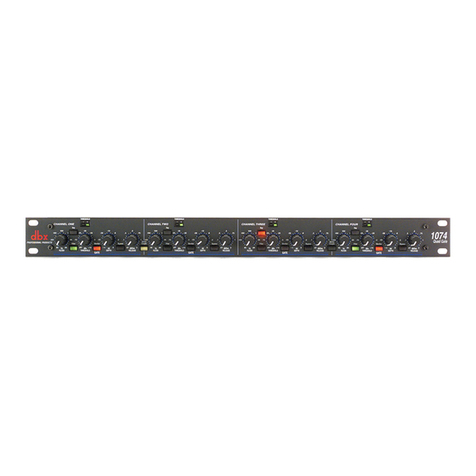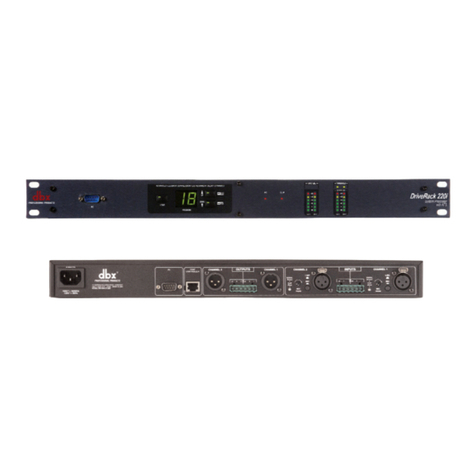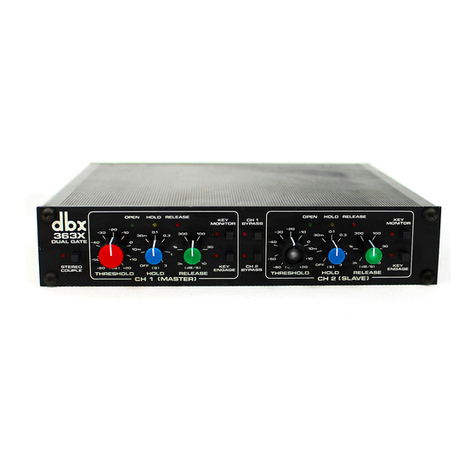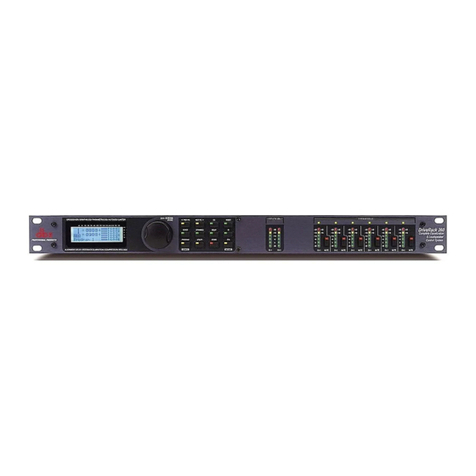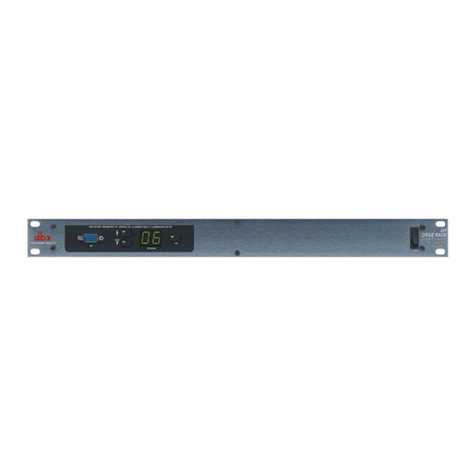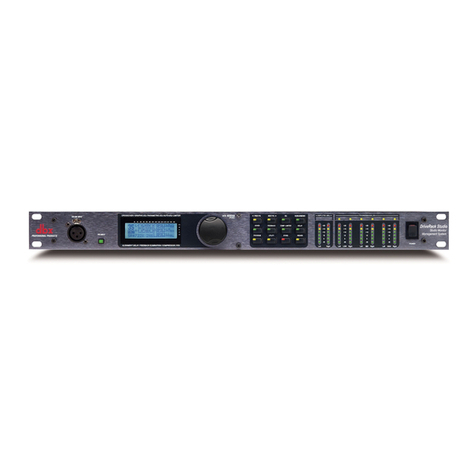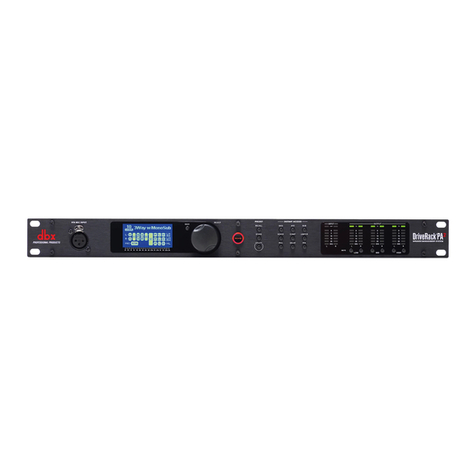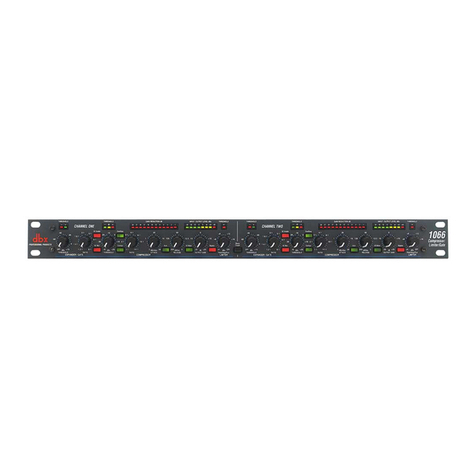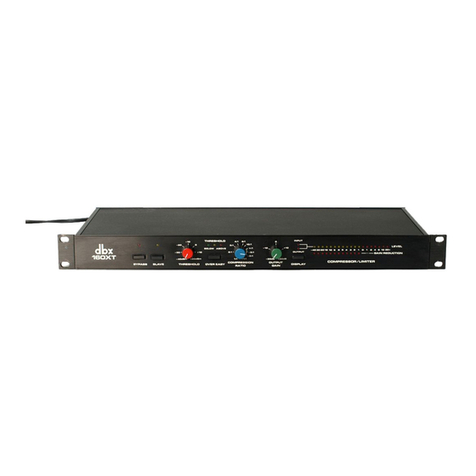WARNINGFORYOURPROTECTION
PLEASEREADTHEFOLLOWING:
KEEPTHESEINSTRUCTIONS
HEEDALLWARNINGS
FOLLOWALLINSTRUCTIONS
DONOTUSETHISAPPARATUS NEAR WATER
CLEANONLYWITHADRYCLOTH.
DO NOT BLOCK ANY OF THE VENTILATION OPENINGS. INSTALL IN ACCORDANCE WITH THE
MANUFACTURER’S INSTRUCTIONS.
DO NOT INSTALL NEAR ANY HEAT SOURCES SUCH AS RADIATORS, HEAT REGISTERS, STOVES,
OROTHERAPPARATUS (INCLUDING AMPLIFIERS) THAT PRODUCE HEAT.
ONLYUSEATTACHMENTS/ACCESSORIES SPECIFIED BY THE MANUFACTURER.
UNPLUG THIS APPARATUS DURING LIGHTNING STORMS OR WHEN UNUSED FOR LONG PERI-
ODSOFTIME.
Donotdefeatthesafetypurposeofthepolarizedorgrounding-typeplug. Apolarizedplug
hastwobladeswithonewiderthantheother. Agroundingtypeplughastwobladesand
athirdgrounding prong. The wide blade or third prongareprovided for your safety. If
the provided plug does not fit your outlet, consult an electrician for replacement of the
obsoleteoutlet.
Protect the power cord from being walked on or pinched particularly at plugs, conve-
niencereceptacles,andthepointwheretheyexitfromtheapparatus.
Useonlywiththecartstand,tripodbracket,ortablespecifiedbythemanufacture,orsold
with the apparatus. When a cart is used, use caution when moving the cart/apparatus
combinationtoavoidinjuryfromtip-over.
Referallservicingtotoqualifiedservicepersonnel. Servicingisrequiredwhentheappa-
ratushasbeendamagedinanyway, such as power-supplycordorplugisdamaged,liq-
uid has been spilled or objects have fallen into the apparatus, the apparatus has been
exposedtorainormoisture,doesnotoperatenormally,orhasbeendropped.
POWERON/OFFSWITCH:ThePowerswitchusedinthispieceofequipmentDOESNOTbreak
theconnectionfromthemains.
ALL-POLE MAINS SWITCH: An all-pole mains switch with a contact separation of at least
3mm in each pole shall be incorporated in the electrical installation of the rack or build-
ing.
FORUNITS EQUIPPEDWITHEXTERNALLYACCESSIBLEFUSE RECEPTACLE: Replace fusewith
sametypeandratingonly.
MULTIPLE-INPUT VOLTAGE: This equipment may require the use of a different line cord,
attachmentplug,orboth,dependingontheavailablepowersourceatinstallation.Connect
thisequipmentonlytothepowersourceindicatedontheequipmentrearpanel.Toreduce
theriskoffireorelectricshock,refer servicingtoqualifiedservicepersonnelorequiv-
alent.
ThisEquipmentisintendedforrackmountuseonly.
SAFETYINSTRUCTIONS
NOTICEFORCUSTOMERS IF YOUR UNIT ISEQUIPPEDWITHA POWER CORD.
WARNING:THISAPPLIANCEMUSTBEEARTHED.
Thecoresin the mains lead arecolouredinaccordance with the following code:
GREENandYELLOW - Earth BLUE - Neutral BROWN-Live
Ascoloursofthecoresin themainsleadofthisappliancemay notcorrespondwiththecolouredmarkings
identifyingtheterminals in your plug, proceedasfollows:
•The core which is coloured green and yellow must be connected to the terminal in the plug
markedwiththe letter E, or withtheearthsymbol, or coloured green, orgreen andyellow.
•The core which is colouredbluemustbeconnectedtothe terminal marked N orcolouredblack.
•Thecore whichiscolouredbrown mustbeconnectedto theterminalmarkedLor colouredred.
This equipment may require the use of a different line cord, attachment plug, or both, depending on the
availablepowersourceatinstallation. Iftheattachmentplugneedstobechanged,referservicingtoqual-
ified service personnel who should refer to the table below. The green/yellow wire shall be connected
directlytothe units chassis.
WARNING:Ifthegroundisdefeated,certainfault conditions in the unit or in the system towhich it is con-
nected can result in full line voltage between chassis and earth ground. Severe injury or death can then
resultifthe chassis and earth groundaretouchedsimultaneously.
Thesymbolsshown aboveareinternationally acceptedsymbolsthat warn ofpotentialhazards with
electricalproducts. The lightning flash with arrowpointin anequilateral triangle means that there
aredangerousvoltagespresentwithintheunit. Theexclamationpointinanequilateraltriangleindi-
catesthat itis necessary forthe userto referto the owner’s manual.
Thesesymbols warnthat there areno userserviceable partsinside the unit. Donot openthe unit.
Do not attempt to service the unit yourself. Refer all servicing to qualified personnel. Opening the
chassis for any reason will void the manufacturer’s warranty. Do not get the unit wet. If liquid is
spilledontheunit,shutitoffimmediatelyandtakeittoadealerforservice. Disconnecttheunitdur-
ingstorms toprevent damage.
IMPORTANT SAFETY INSTRUCTIONS


